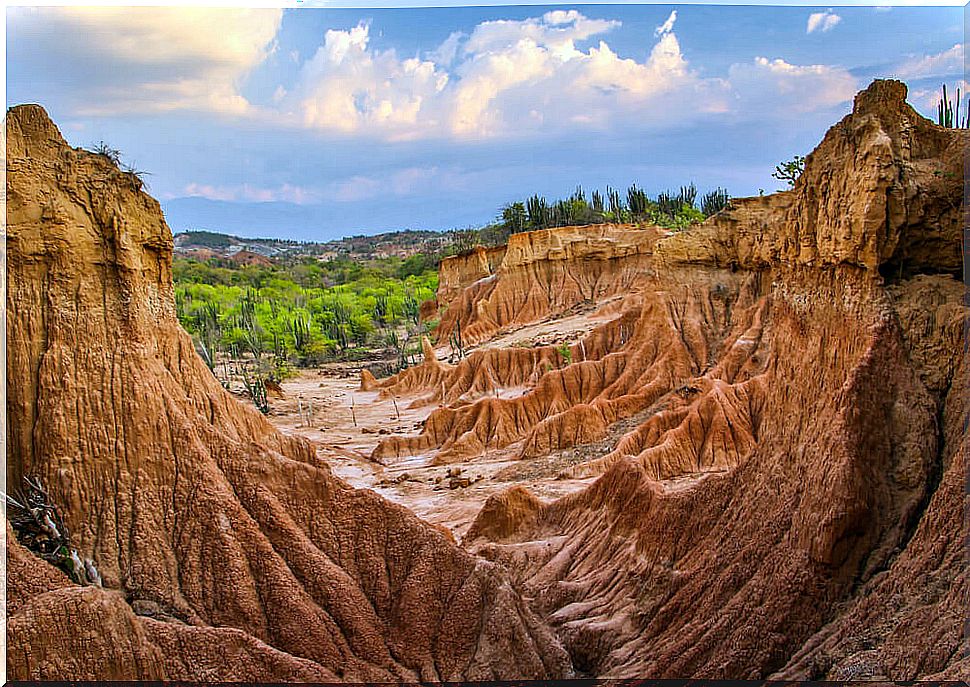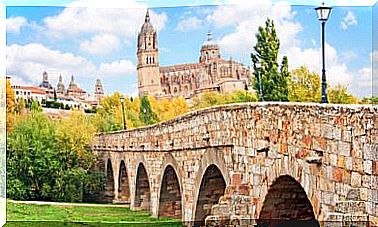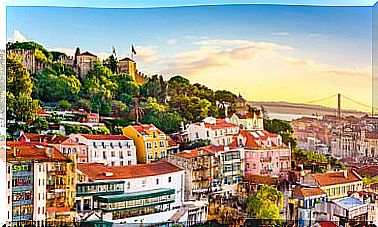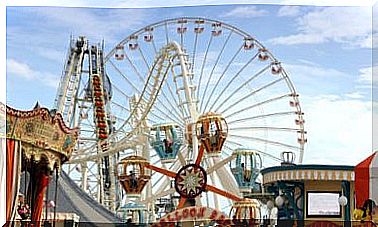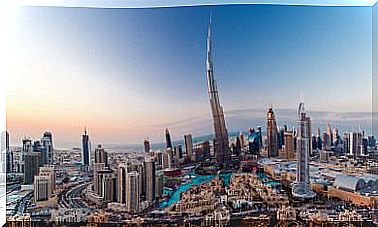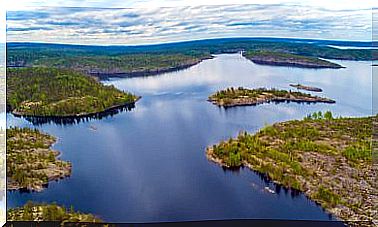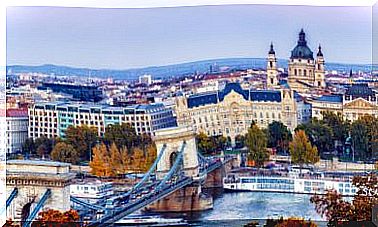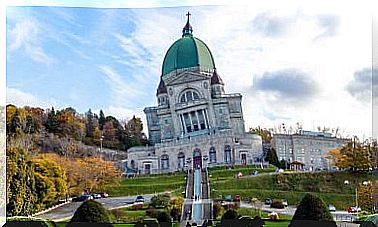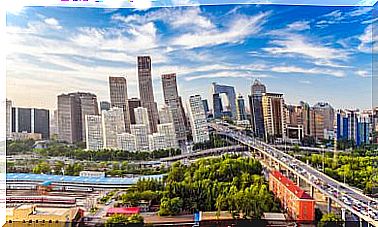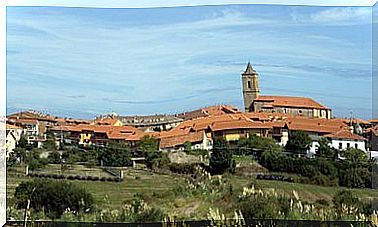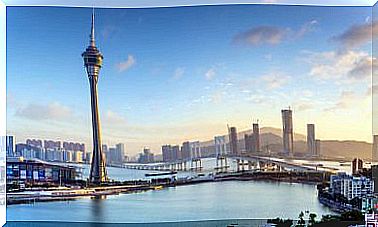The Unexpected Charm Of La Guajira Colombia
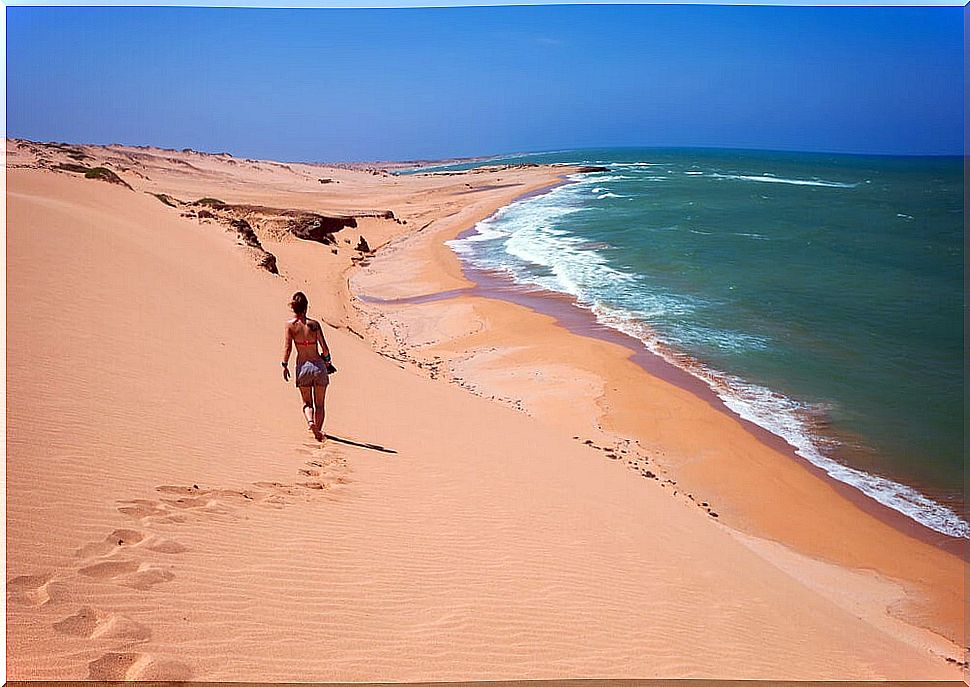
La Guajira is a peninsula in the extreme north of Colombia. Here the temperatures range between 22 and 40 ° C and the humid forest, the dry forest and the desert predominate. In addition to this, it is home to natural parks, indigenous communities and an Arab community.
Vallenato music was born in La Guajira. For this reason, the best singers and composers of this genre have emerged from that place. It is a paradisiacal region that dazzles with its beauty and magic. A dream of landscapes and sensations that does not exist anywhere else in the world.
This is a place of contrasts and colors, ideal for those who are lovers of cultural diversity and contact with nature. Celebrations are held throughout the year and countless sports can be practiced. What to see in La Guajira? These are some of its key places.
Palomino, a fabulous place in La Guajira
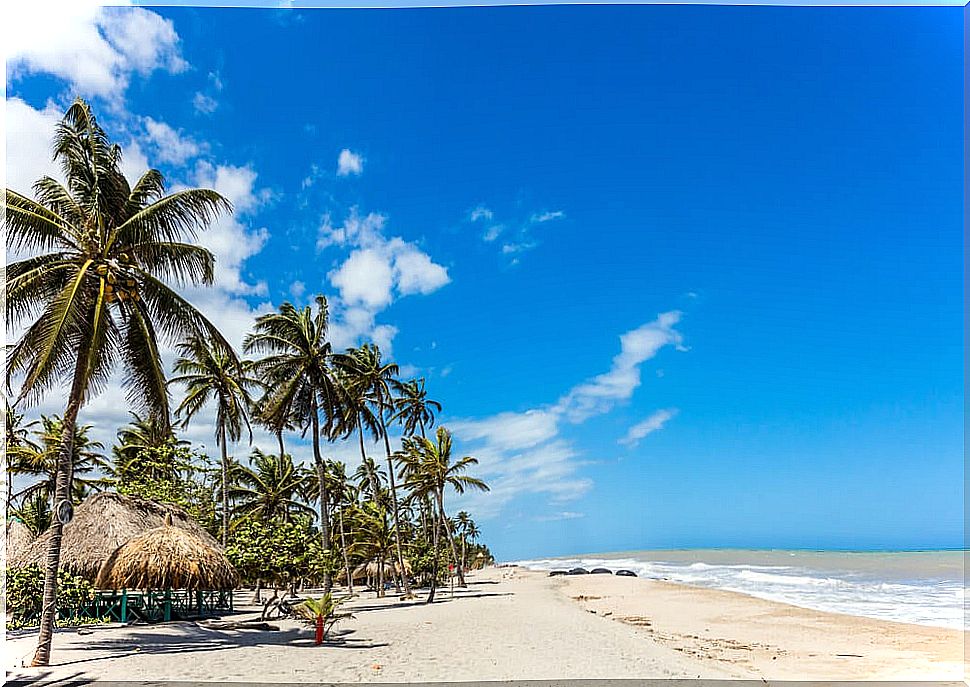
This is an area that stands out for the beauty of its beaches and for the mouth of the Palomino River in the Caribbean Sea. There you can practice tubing and surf. It does not have a large hotel infrastructure, but it does have several places with accommodation and restaurants.
However, any concession is small compared to the experience of being there. From that place you can see surprising landscapes, such as the peaks of the Sierra Nevada de Santa Marta. You can also go hiking, with or without a guide.
It is the ideal place to relax and enjoy, alone or in company. You can get to Palomino by taking a bus from Santa Marta or Riohacha. The journey time is 90 minutes and the cost is US $3.
Los Flamencos Fauna and Flora Sanctuary
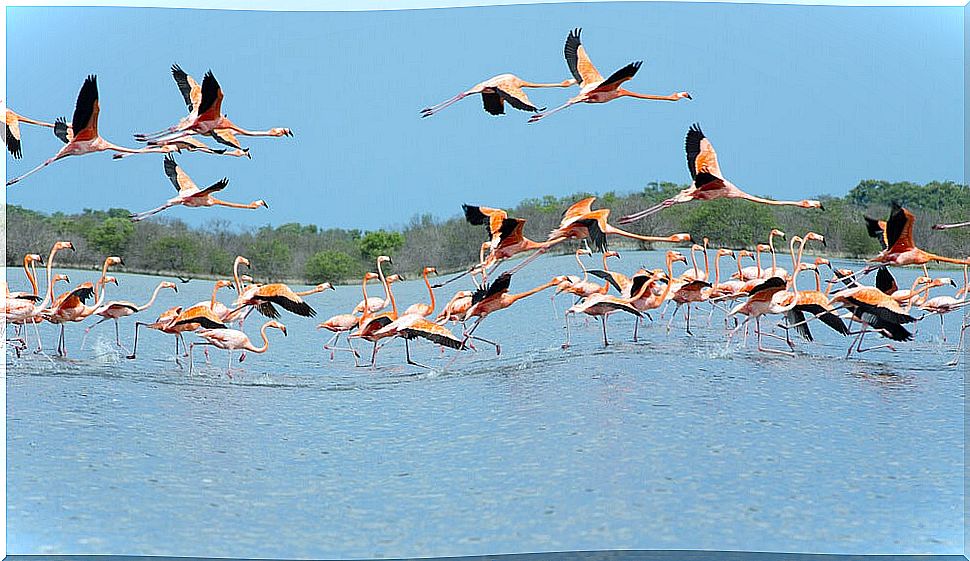
The sanctuary is made up of a set of swamps and lagoons where a large number of birds live. Cormorants, needle and shoveler ducks, plovers, pelicans, kingfishers, herons, seagulls and hummingbirds, among many others, live here. And, of course, you will see flamingos, from which the place takes its name.
It is located in a village known as Camarones. There you can get there from Riohacha or Palomino by collective transport for two US dollars. From Camarones to the sanctuary you can travel by motorcycle for less than a dollar. To observe the birds up close, you must hire a canoe that will take you for seven dollars.
It is a paradise for bird watchers and nature lovers. It has resident, endemic and migratory bird species. This wonder is a space destined to admire and contemplate. It is an adventure in which you can also enjoy little frequented beaches and typical food.
Riohacha, capital of La Guajira
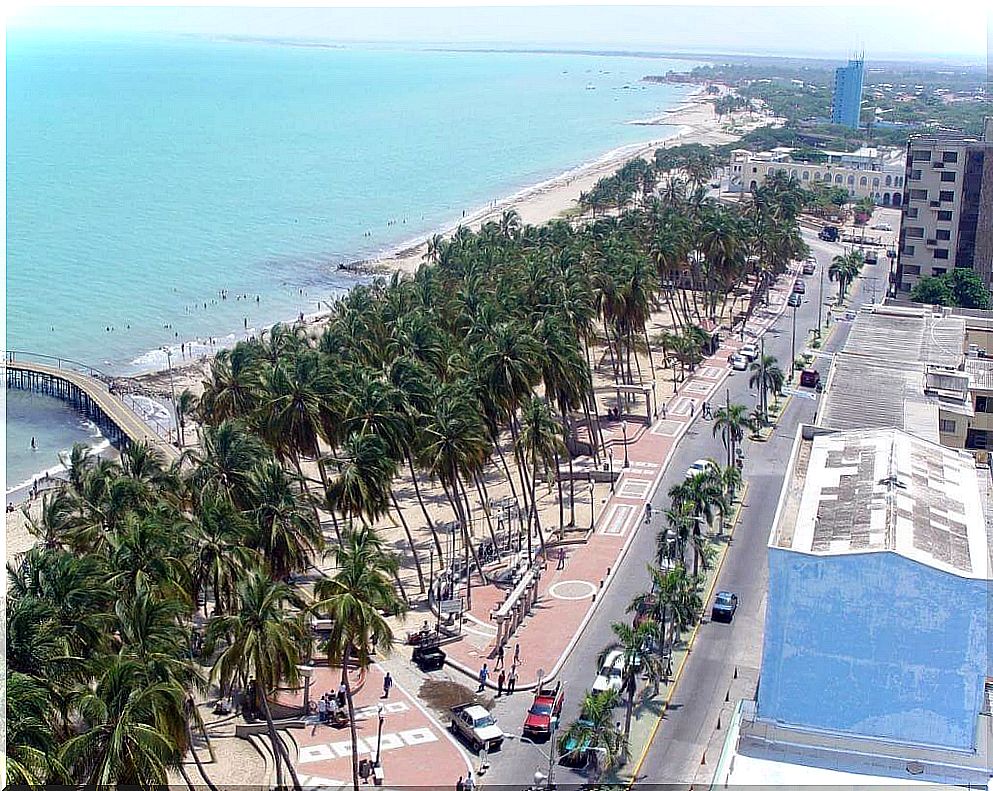
The city brings together the historical heritage of the region. Its traditions and customs are evident when walking through its streets. Riohacha has its own identity and charm. It is a strategic point when visiting the rest of the region.
The valley of the Cangrejos, the Paseo de la Marina, the Cathedral of Nuestra Señora de los Remedios, the boardwalk or the Laguna Salada are some of its attractions. Like its extensive beaches, its gastronomy or its handicraft markets.
Flying to Riohacha from any city in Colombia is expensive, so the best option is to travel to Santa Marta and from there take a bus to Riohacha, which costs six US dollars and lasts two hours and thirty minutes.
Cabo de la Vela
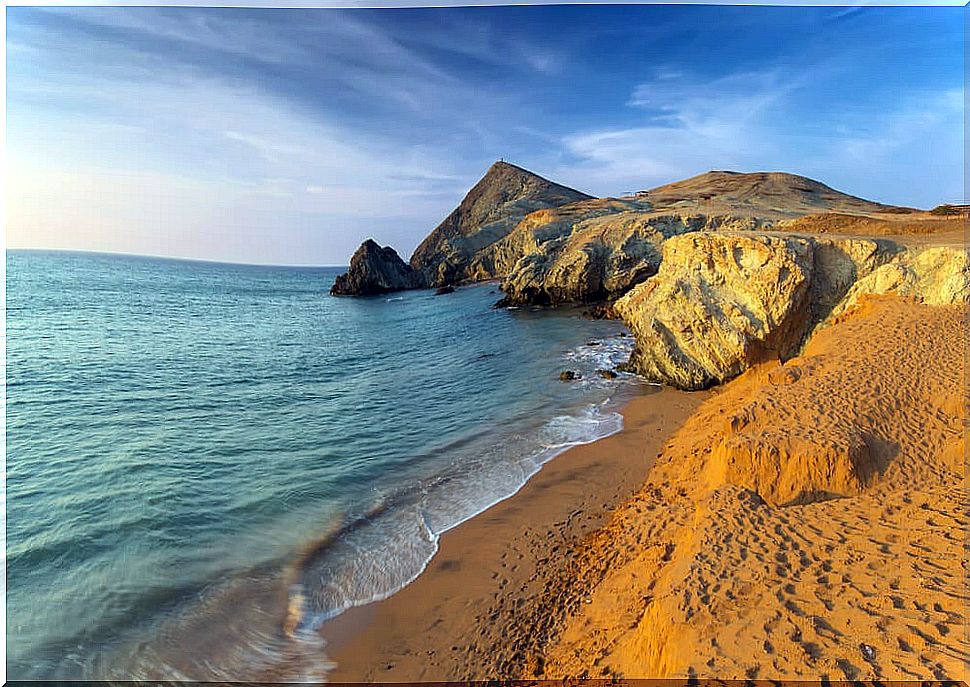
Cabo de la Vela is the destination of Alta Guajira most visited by tourists from all over the world. It is a place away from everything, quiet and appropriate for rest. Here there are several beaches of singular beauty, lodging in bahareque huts and a varied gastronomy.
You can practice all kinds of sports, but especially kitesurfing and windsurfing . Those who do not master these sports disciplines can hire classes with young experts from the Wayuu indigenous community. You can also visit the lighthouse or ascend to the Pilón de Azúcar to enjoy the panoramic views or the extraordinary sunsets.
To get to Cabo de la Vela, you must take a collective transport (about 3 dollars and 3 hours of travel) from Riohacha to Uribía (indigenous capital of La Guajira) and there hire a van for 6 dollars to Cabo de la Vela.
Macuira National Natural Park
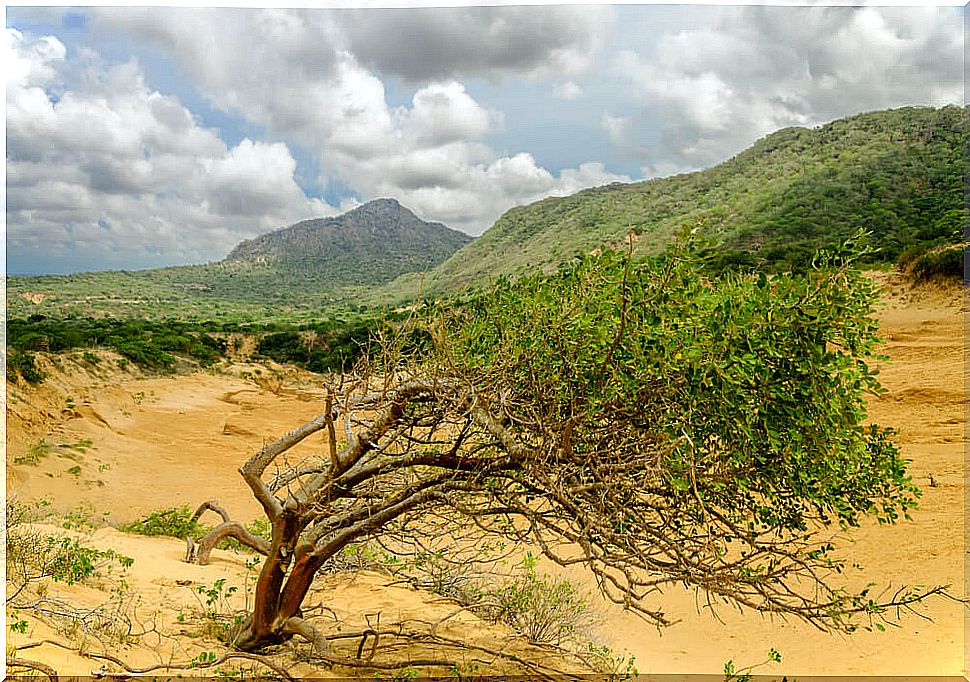
Located in the municipality of Nazareth, a remote place in La Guajira, this green oasis appears in the middle of the desert. It is a unique ecosystem, with a wide biodiversity. In it rise the Paluou and Jibome hills. It is like a mirage in which the humid forest and the sand dunes coexist, with an overwhelming charm.
Macuira is a biological treasure that has water sources, more than 143 species of birds, 16 species of snakes and 21 species of mammals. As for its flora, it is home to more than 355 species including lower plants, epiphytes and bromeliads. In addition, it has an evergreen dwarf cloud forest.
To access the Macuira National Natural Park, you can do it by hiring transportation from Uribía or Riohacha, for around $20. In Macuira, the best option is to agree with natives of the Wayúu ethnic group the price for guide services, lodging and food according to your needs. The alternatives are varied and inexpensive.
